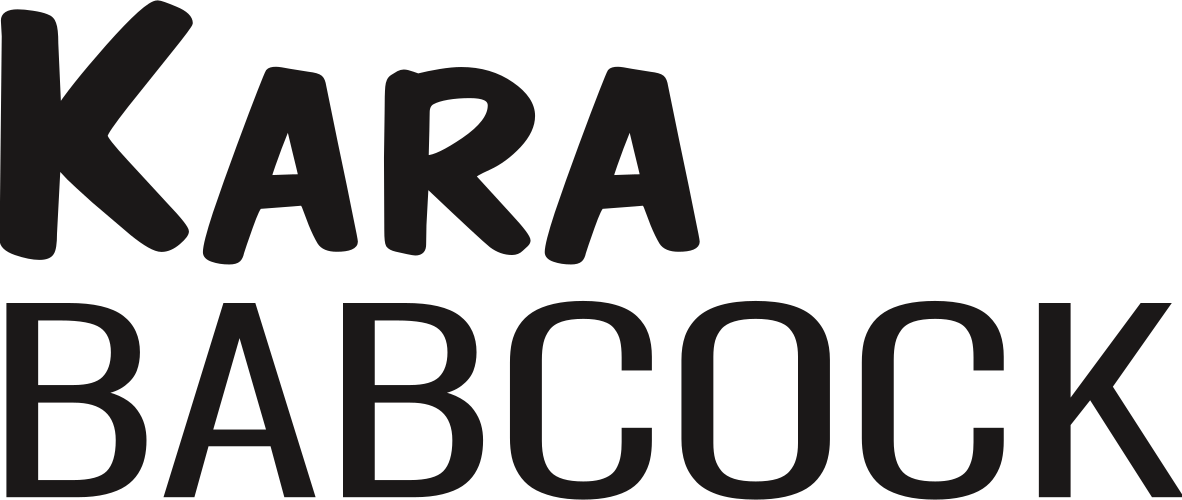Review of Into Light
This week in my English class, we were discussing representation in media. We looked at the concept along several axes, including, of course, gender and gender diversity. I used the representation of trans people in media as an opportunity to discuss the impact of misrepresentation. For the end of the lesson, I wanted to show students an example of how representation can be used to fight back. I needed it to be shorter than a full-length film, but I wanted something with more punch than an isolated clip from a larger narrative. When I found Into Light, directed by Sheona McDonald, on the NFB website, I was so pleased.
This nineteen-minute short film from 2021 tells the story of a single mom and her transgender daughter and what the daughter's gender journey has been like in Yellowknife, Northwest Territories. Aside from some prompting from McDonald, the film is a voiceover of the mother and daughter talking, accompanied by artsy sequences of their life in the Far North. A lot of closeups on ice crystals and snowflakes, wide shots of the aurora borealis, clips of the daughter playing in the snow—her face always obscured, too distant, just out of frame. The film is gently yet firmly anonymous, which I approve of, not only because it respects the privacy of this family but for how it emphasizes that this could be anybody’s story.
The film opens with the mother questioning what pronouns to use for her child as she tells the story. McDonald suggests keeping the pronouns “in the narrative.” The mother initially bridles, says she feels like she’s betraying her child if she does this, but ultimately that’s what she does, using “he” to describe her child before she transitions and then switching to “she” at a point in the story that feels appropriate.
This is always a tricky thing to navigate, and I understand why McDonald and the mother chose to approach it this way—but I’m curious about what the daughter might have wanted, and the rest of the film makes it pretty clear that the mother is very dedicated to ensuring her daughter participates in and consents to everything around the discussion of her identity, something I approve of. I don’t like this decision to use different pronouns, personally—I want you always to refer to me, for example, as “she,” even when you talk about my life pre-transition. But my journey is very different from this trans girl’s journey, which is one of the reasons I was drawn to the film, so don’t mistake my opinion as a dictate broadly applicable to all trans people.
That’s honestly my one criticism of the film, which I think is otherwise such a powerful and moving piece. The mother conveys such vulnerability and strength. I can only imagine how parents will react, how they will hopefully empathize even if their own children have never questioned their gender. At one point, the mother addresses this idea of grieving one’s trans child—many parents centre themselves by talking about how they “lost” a son. The mother starts by framing it this way but then shares how she reframed it as grieving the loss of her daughter’s firsts. This hit me hard, for it’s something I’ve felt as well about my own childhood. I really appreciate how the film gently calls out this tendency for parents to centre their own fears and feelings, acknowledging it as understandable while reminding us that this is ultimately about the health, happiness, and human dignity of their child.
Beyond that, Into Light emphasizes that this kid is just a child. She plays with Lego. She’s learning how to cook and bake from her mom. My absolute favourite moment in the entire film is when McDonald is interviewing her while she colours. Footage of her and her mom going down an ice slide is interspersed. McDonald asks the kid to describe her mother, and one of the things she says in reply is “scared of heights” followed by the very matter-of-fact observation that she doesn’t think her mom liked the slide as much as she pretended—exactly the kind of observant and honest commentary that I love to see in a child. It’s so precious.
Yet in the same interview, when McDonald asks what this kid is afraid of, the reply is heartbreakingly predictable: being outed. Being ostracized. To her, being transgender isn’t special, but she knows that it puts a target on her back. That’s something I hope cis viewers take away from this film—this clear and cogent reminder that it isn’t our gender diversity that is the problem but rather the transphobia we experience.
Prior to screening this for my students, we watched the trailer for Disclosure (which I have also reviewed), a documentary all about trans representation in television and film. You really should watch it if you have Netflix. As the film explains, trans and gender-diverse people have always been here, and we have also always been on film. Yet our representation has so seldom been within our control.
That’s what makes Into Light so remarkable (albeit in an unfortunate way). Here we have a film—made by a cis director, yes, but in collaboration with her subjects—that portrays trans people as human. That tells a story that doesn’t reduce us to stereotypes, make us the butt of the joke, denigrate us, or otherwise use us as entertainment for a cisnormative audience. Far from the first and hopefully not the last film to do this, Into Light shows us what trans representation can be—and the effect it can have on its audience, I hope—when we are allowed to tell our stories authentically.
You can watch the full nineteen-minute film for free on the National Film Board of Canada website.

